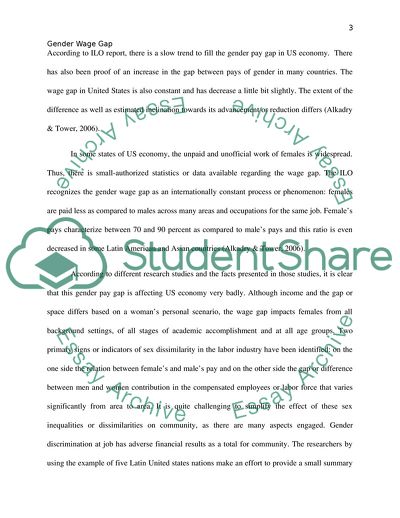Cite this document
(Gender Wage Gap in the United States Literature review - 2, n.d.)
Gender Wage Gap in the United States Literature review - 2. https://studentshare.org/macro-microeconomics/1843693-literature-review-essay
Gender Wage Gap in the United States Literature review - 2. https://studentshare.org/macro-microeconomics/1843693-literature-review-essay
(Gender Wage Gap in the United States Literature Review - 2)
Gender Wage Gap in the United States Literature Review - 2. https://studentshare.org/macro-microeconomics/1843693-literature-review-essay.
Gender Wage Gap in the United States Literature Review - 2. https://studentshare.org/macro-microeconomics/1843693-literature-review-essay.
“Gender Wage Gap in the United States Literature Review - 2”. https://studentshare.org/macro-microeconomics/1843693-literature-review-essay.


